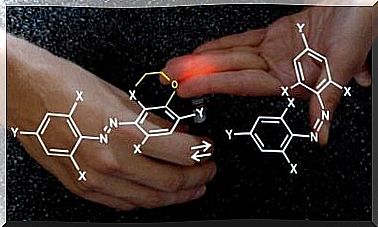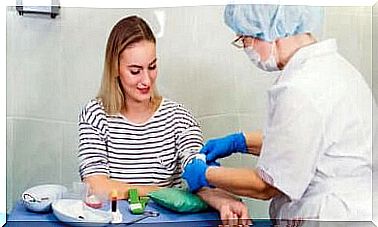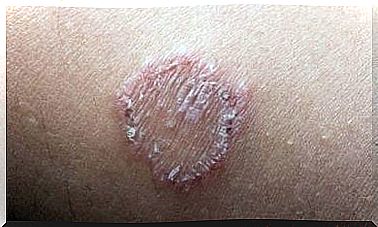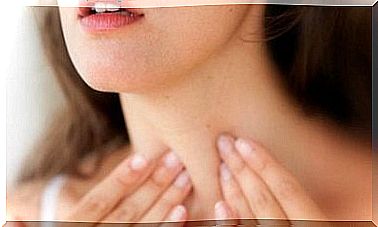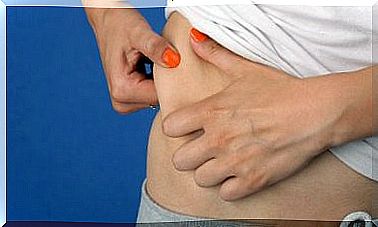What Is Arrhythmia And How Does It Occur?
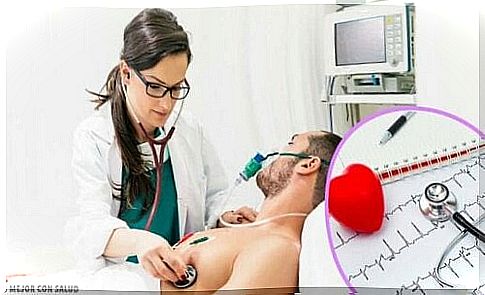
Changes in heart rate and heart rate are common. Fortunately, in many cases they do not pose a danger. So what is arrhythmia and how does it occur?
What is arrhythmia?
First, arrhythmia is a change without physiological explanation that affects both heart rate and rhythm. Remember that frequency refers to the number of beats per minute, and the rhythm can be regular or irregular. Arrhythmia is therefore a disorder that affects the heart rhythm or frequency.
If for some reason you get nervous and your heart rate increases, it is not necessarily pathological. In reality, it simply means that the frequency increases due to tensions caused by nervousness. For example, while feeling threatened.
On the other hand, if “unfounded” changes occur, that is, when there is no actual cause for an increase in frequency, it is considered pathological. In such cases, you should see your doctor for further comprehensive tests. After all, an arrhythmia can be either an increase or decrease in frequency or a change in normal heart rhythm.
We recommend this: What are the causes of heart failure in the artery trunk?
Arrhythmias originate from:
- Disorders of the heart rhythm
- Changes in the heart cord
- A combination of both
Tachyarrhythmia
Tachyarrhythmia is a minimum sequence of three beats at a frequency higher than 100 beats / min. Depending on the starting point, they divide into:
- Supraventricular : Derived from above the His bundle. Narrow QRS complexes appear (<0.12 sec) on electrocardiogram.
- Ventricular: Derived from below the His bundle. Broad QRS complexes (> 0.12 sec) are shown on electrocardiograms.
Extrasystoles
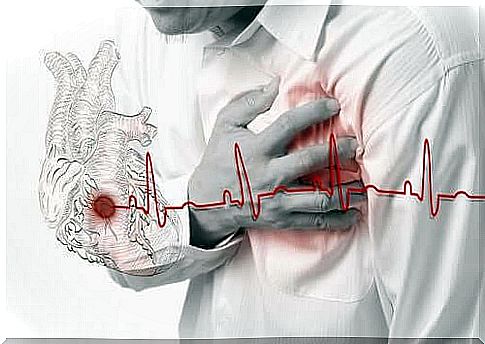
Atrial extrasystoles occur as a result of an ectopic focus in the atrium. An advanced depolarization occurs, which in turn gives a “premature” heartbeat. After the ectopic pace, there is then a short break followed by a normal stroke.
An impulse on the atrioventricular node causes atrioventricular extrasystole. Consequently, the ventricular activation is normal while the atria are activated afterwards.
After the ectopic pace, there is a compensatory pause, followed by a normal stroke. Extrasystoles are very common. In fact, they are the most common type of arrhythmia. They usually do not pose any problems and do not require treatment.
Tachycardia
- Sinus tachycardia is a normal response in many situations, such as exercise, anxiety, pain, fever, caffeine consumption, among others. You do not need to treat tachycardia specifically, just the cause of it. Sinus tachycardia simply increases the rate at which beats occur. In this case, the heartbeat originates from the sinus node, our “true pacemaker”, but with a frequency higher than 100 beats / min.
- Atrial tachycardia – also known as a “warming phenomenon” – originates in atrial ectopic focus, and its ejaculation rate is above normal. This causes the normal focus to be inhibited and the ectopic focus to “take over” and produce the heart rhythm. This is a very distinctive process. The heart rate gradually increases and reaches its maximum before falling again. Treatment includes beta-blockers or calcium channel blockers.
- Ventricular tachycardia results from an ectopic focus during the His bundle. The main cause of ventricular tachycardia is a previous heart attack.
What is arrhythmia? Atrial fibrillation
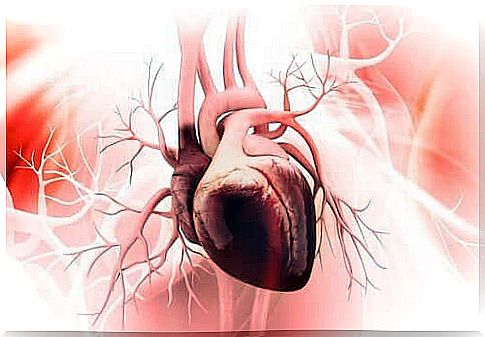
Atrial fibrillation, the most common type of extrasystolic arrhythmia, consists of ineffective atrial contractions due to very fast, disorganized and asynchronous rhythms. The blood stagnates as the atria do not contract normally.
- Blood clots increase the risk of blood clots, which in turn increases the risk of emboli. In fact, atrial fibrillation (AF) is the most common cause of embolism (pulmonary embolism, stroke…)
- When the ventricles are not filled properly, the amount of blood that the heart pumps to the body is reduced.
- Finally, as the blood builds up, the pressure inside the atria increases, leading to possible pulmonary edema.
Treatment:
- Restore sinus rhythm and calm the ventricles
- Prevent embolisms
- Prevent arrhythmic episodes
Both electrical or pharmacological conversion can restore the sinus rhythm. When the rhythm is under control, beta blockers help control the frequency. In addition, anticoagulants or antiplatelet drugs may play a role in preventing embolism. Antiarrhythmic drugs help prevent relapse.
What is arrhythmia? Ventricular fibrillation
Ventricular fibrillation is usually caused by rapid and repeated ventricular tachycardia. Therefore, a disorganized, fast and completely ineffective rhythm appears , which then leads to asystole and death within a few minutes.
Time is of the essence. If no defibrillators are available, it is necessary to perform manual CPR until one is available. In this video you can see how to perform CPR. This is why immediate electrical defibrillation is necessary to keep the patient alive.
Bradycardia
Sinus bradycardia: Sick-sinus syndrome
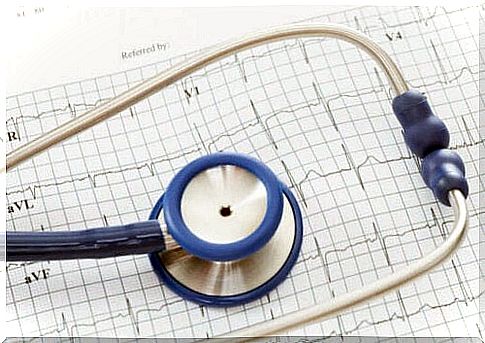
A reduction in heart rate to below 60 occurs due to sinus node changes, the “heart pacemaker”. Damage to the sinus node occurs due to:
- Hypoperfusion
- Pharmacological damage.
- Chagas disease
- Some systemic diseases, such as hypothyroidism.
Atrioventricular block
This occurs where there is a delay in electrical impulse transmission between the atria and the ventricles. Arrhythmias are classified according to severity, from one to three:
- First-degree blocking : Reduces the impulse transmission rate without blocking.
- Third degree blocking : Complete blocking of electrical impulses. The atria of the ventricles are “disconnected”. The symptoms will depend on whether an “escape rhythm” is started. It consists of the production of beats below the blocking point, which allows the cardiac cycle to continue. A pacemaker will be needed.
- Second-degree blocking : Partial impulse blocking. There are two types, block type 1, Mobitz 1 or Wenckebach, and block type 2 or Mobitz 2.
- TYPE ONE: The transmission speed gradually decreases until the transmission blocking of one or more of them takes place. Thus, the normal rhythm returns. It is considered benign and asymptomatic.
- TYPE TWO: Sudden blockage occurs. It is less common but even more serious since it can lead to complete blockage. This block may follow a specific sequence or vary. Usually a pacemaker must be placed.
